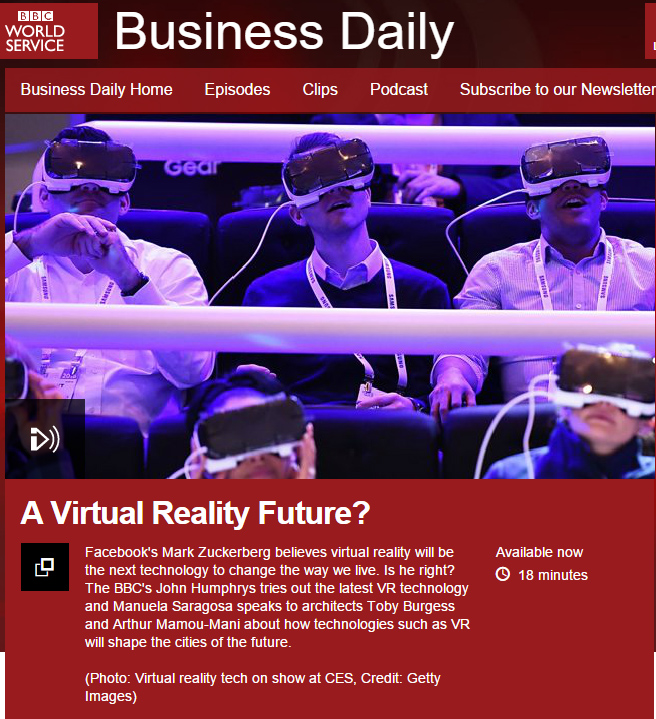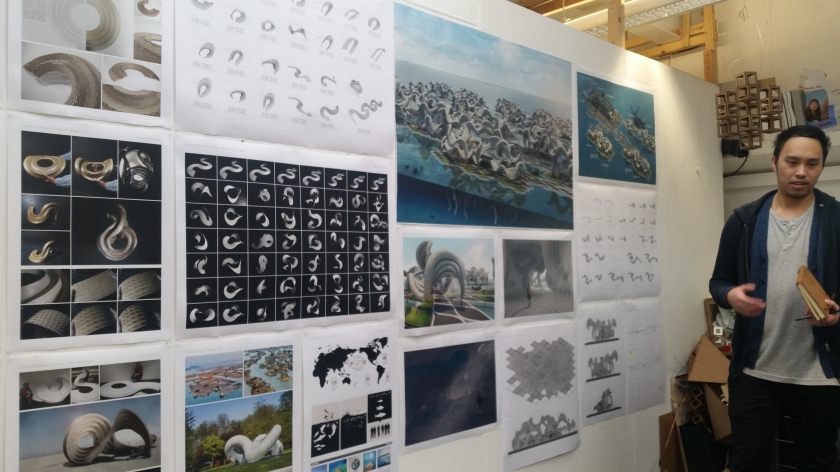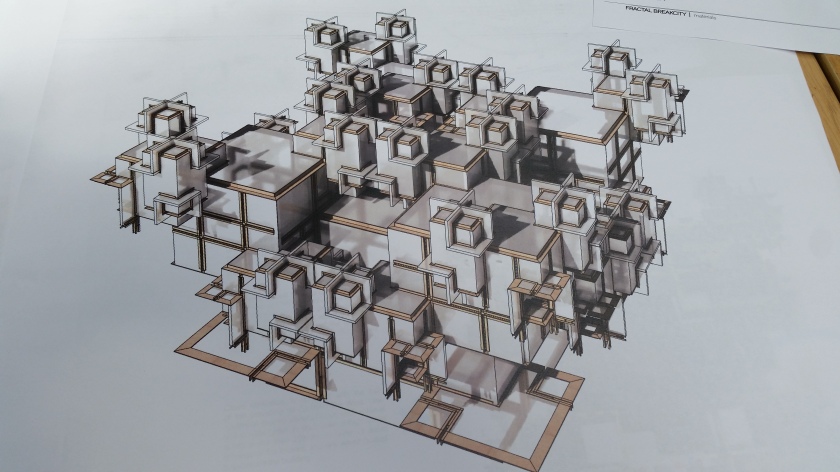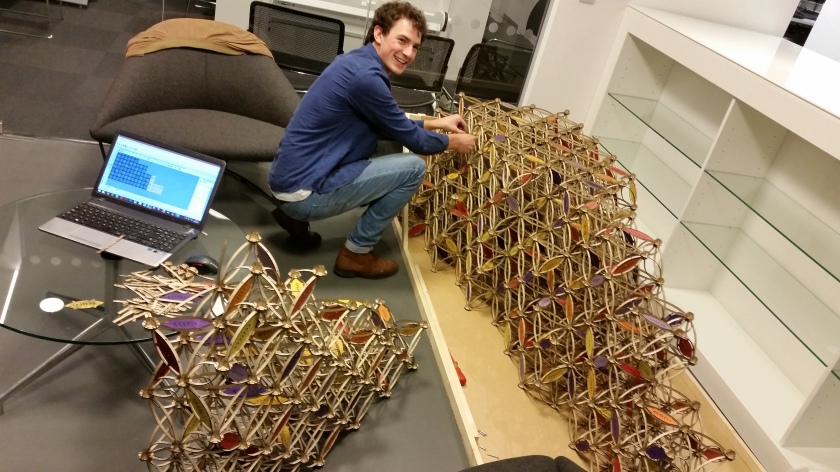It’s official we are now futurologists! We knew it would happen soon enough!
A PDF of the report can be found here: Future-Living-Report
In the report we set out our visions on the future of living, the rise of technology, changing patterns of human behaviour and rapid urbanisation, huge advances in 3D printing and augmented/virtual reality in the home as well as material advances and seeking out alternative habitats such as underwater homes and even terraforming other planets.
The report was commissioned by Samsung and prepared in collaboration with Space Scientist Dr Aderin-Pocock, and professional urbanists Linda Aitken and Els Leclercq and has been featured in many international press publications:
Advances in material technology allowing huge skyscrapers dwarfing today’s versions, incorporating vertical gardens above the clouds.
Underwater city homes growing their own food and producing breathable oxygen and hydrogen for electricity through the splitting of water molecules.
3D printed space colonies harnessing solar power and the oxygen produced by plant life to create sealed internal environments.
Drone delivered prefabricated homes that can move wherever and whenever you want to creating digital nomads.
All images produced by Taylor Herring and licensed under creative commons

















































